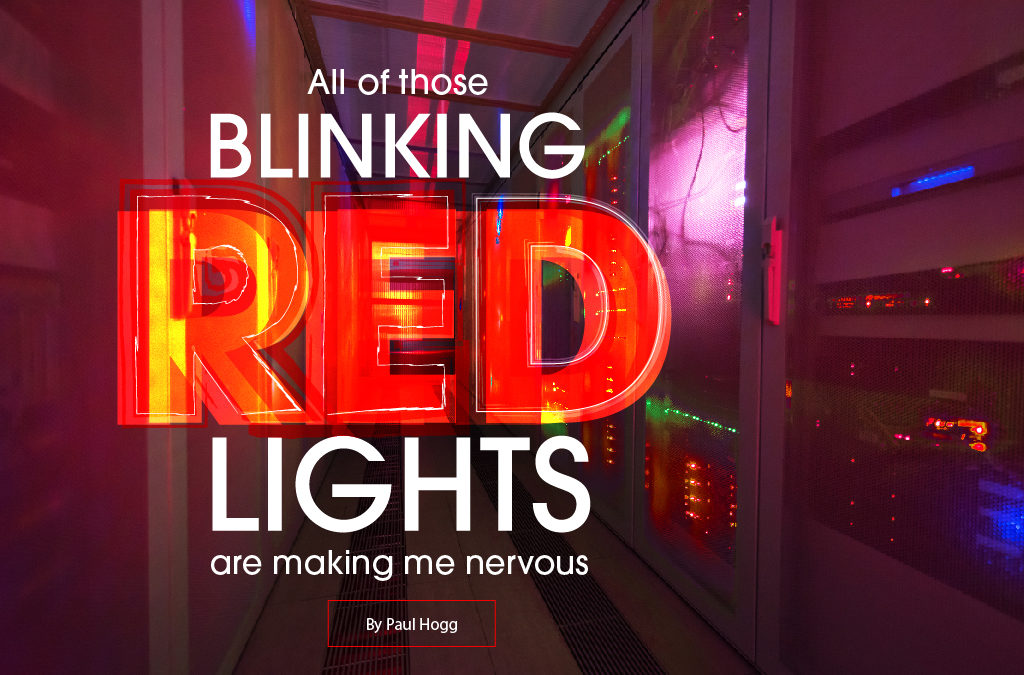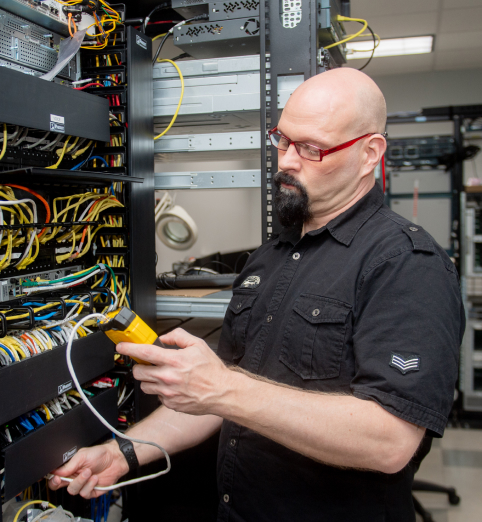There is nothing quite like new IT gear. And whether it is brand new, or secondary market, the excitement of the possibilities and solved challenges can be intoxicating. Of course, as I wrote that sentence, I realized that some may find that a tad bit geeky on my part—but so be it.
However, with new gear also comes the perils of the modern age. With technology changing at such a rapid rate, ensuring that new equipment is configured and installed properly to the latest standards can be a challenge and a potential minefield unto itself.
At its core, IT networking equipment is the lifeblood of any organization. Poor configuration and installation can impact productivity through a multitude of processes. However, when those types of issues arise, in many ways they can be self-identifying—meaning that, at that moment, it either works or it doesn’t. If it doesn’t, it can then be assessed and fixed with good troubleshooting skills and a little bit of luck.
But that’s not the biggest issue—not by a long shot. Poorly configured IT gear can lead to potential cybersecurity threats that may have little to no outward impact on the more obvious processes running day to day. In other words, everything could be running smoothly while simultaneously allowing nefarious entities to steal highly valuable information—or worse.
This is the point where having proven configuration and installation processes in place is paramount for success. Easier said than done, though—right?
It seems that, more often than not, I am sticking up for IT departments these days because their job and the expectation of what they can accomplish can be highly misrepresented. Gone are the days of IT being able to accomplish any IT-related task, not because they are not good at their job—quite the contrary. It’s simply that the span of IT is now so great that the role of that department is to manage IT infrastructure in a professional manner while ensuring that present and future IT needs are addressed—a situation far removed from the good ol’ days, when IT did everything for everyone.
Today, IT departments need to partner with experts that can help configure and maintain equipment that promotes both longevity and security. It’s this scenario that will create a unified approach to technology builds, establishing a baseline that is both measurable and manageable, a process where accountability and sustainability meet.
For instance, having a proven process that removes unnecessary functionality, curbs unauthorized changes to systems and equipment, ensures the use of widely supported software, and avoids so-called “point solutions” is just the beginning. Pair that process with in-depth security knowledge, good education, and policies that address potential security threats and more, and the organization will have a foundation that will foster success at all levels.
Like any endeavor, starting off on the right foot enables everything to move forward more smoothly. And, in a day and age where IT-related risks are high, the starting line is as important as the finish line. No one wants to see their IT gear or infrastructure fail; furthermore, no one wants to open up their network to a world of criminals.
And remember, not all lights blink red when something is wrong, though I do wish that a 15 Minutes to Minimum Safe Distance light could be installed but, again, it might make me nervous.



